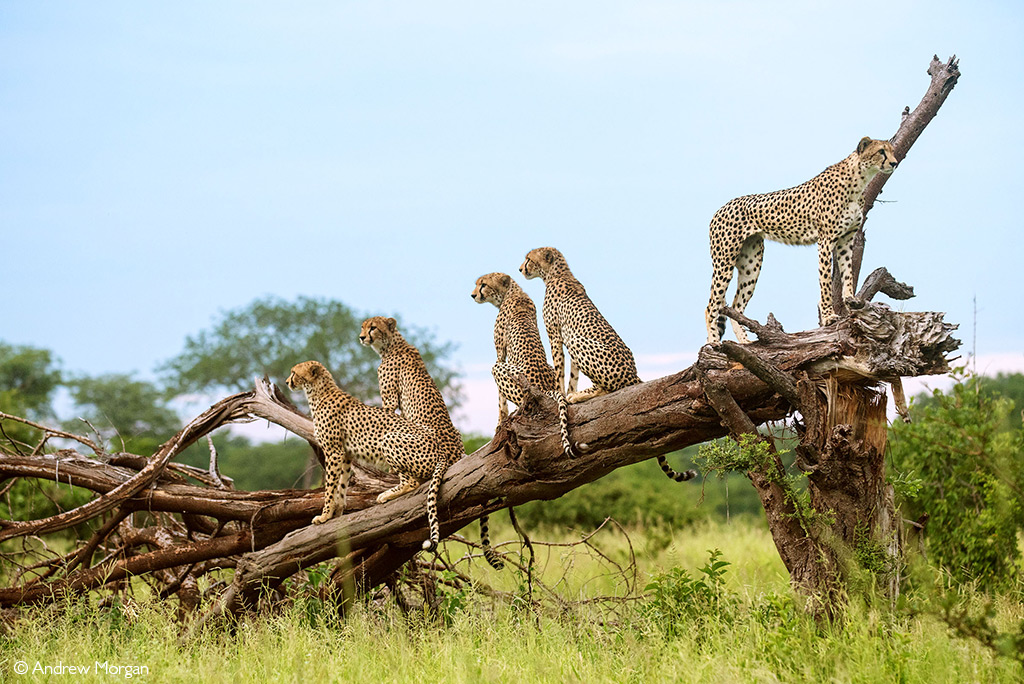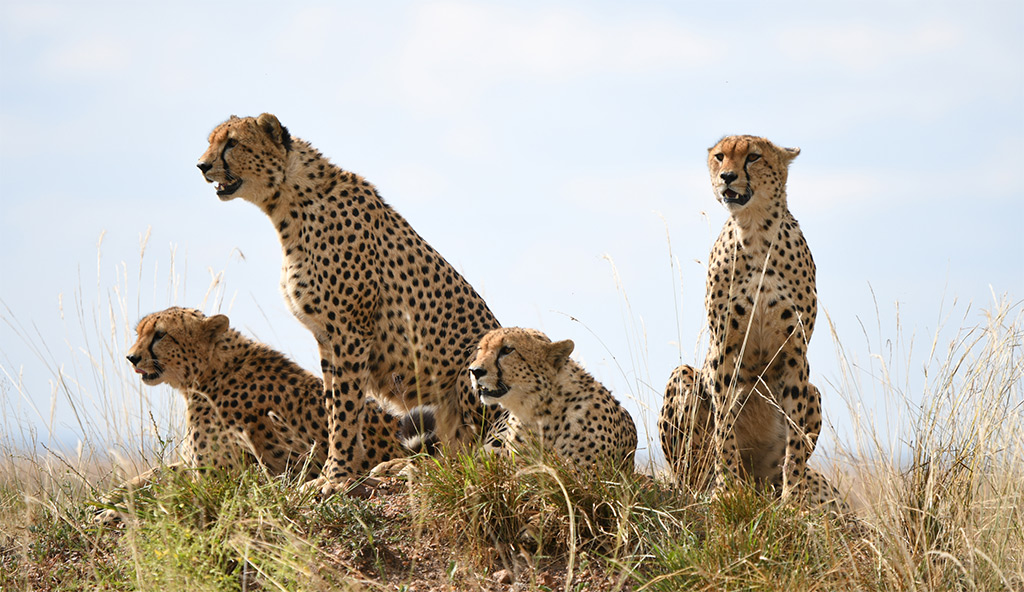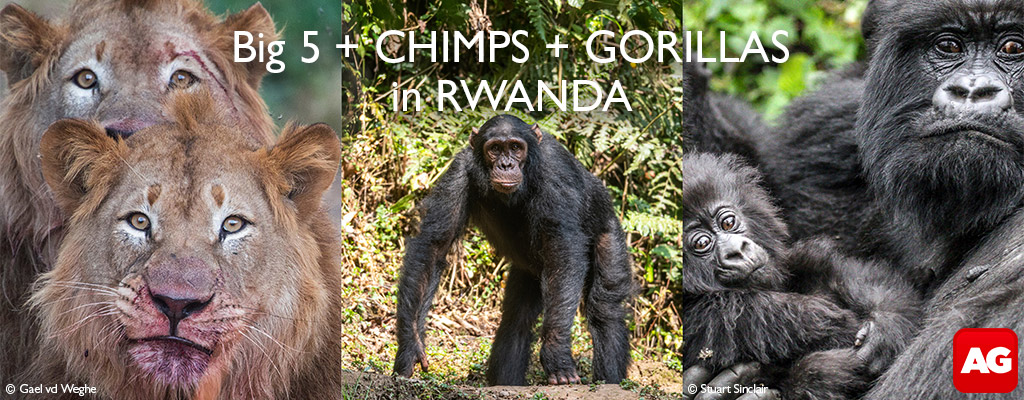
With wild cheetah populations declining, the science of their conservation requires an understanding of their distribution across protected and unprotected landscapes. However, within Africa and East Africa in particular, studies on cheetahs are strongly geographically biased, with much of the research conducted in a handful of well-studied areas. In 2021, a multidisciplinary team of conservation scientists set out to thoroughly investigate the Ruaha-Rungwa ecosystem in southern Tanzania for the first time.
The Ruaha-Rungwa ecosystem extends over 50,000km² (500,000 hectares) of savannah habitat. It includes the Ruaha National Park, Rungwa, Kizigo and Muhesi Game Reserves, as well as surrounding “Wildlife Management Areas” and “Game Controlled Areas”. The level of protection and anthropogenic pressure varied across the different landscapes. Though the Ruaha-Rungwa ecosystem has long been believed to be home to Tanzania’s second-largest cheetah population, little empirical or current data existed to support this claim prior to this research. (Tip: to book your safari to see the cheetahs of Tanzania’s Serengeti, click here.)
In their ground-breaking study, the scientists used various methods to assess cheetah numbers, distributions and densities. The first involved using camera traps placed in different habitats across the study area and set up during the dry seasons of 2018 and 2019. The cheetahs photographed were individually identified using their unique spot patterns. This approach allowed conclusions to be drawn about the densities in the different habitats. The Ruaha Carnivore Project had also previously deployed camera traps in some of the surrounding unprotected village lands as part of a community engagement programme. The data from these 43 traps was analysed using the same approach.

The researchers also relied upon expert trackers to systematically record any tracks from cheetahs spotted on vehicle-based transects conducted throughout all protected areas and the unprotected eastern village landscapes. And finally, all photo-tourism guides operating in Ruaha National Park recorded all cheetah sightings in 2018 as part of a collaborative effort with the Ruaha Carnivore Project. The guides recorded their GPS position and took digital images that were later identified to an individual level. (In their conclusion, the researchers suggest that a relationship between scientists and tourism operators is an under-appreciated and cost-effective data source when monitoring large predators in Africa.)
 Want to plan your African safari to spot cheetahs in the wild? We have ready-made safaris to choose from, or start planning a unique safari made just for you.
Want to plan your African safari to spot cheetahs in the wild? We have ready-made safaris to choose from, or start planning a unique safari made just for you.
In combining the data from these techniques, the scientists were able to draw several conclusions about the Ruaha-Rungwa’s cheetah population. Their findings confirmed that cheetahs are present in western Ruaha National Park and the contiguous Rungwa South Open Area, whereas previously, these areas were listed as within “possible” cheetah range. In fact, cheetah were found to be widely distributed throughout the entire ecosystem across various habitats administered by an array of land management strategies. These included areas reliant on either phototourism or hunting for revenue and surrounding rural villages.


However, the cheetah appear to occur at low densities, so while they may be found across a large area, this does not necessarily equate to a large population size. Of those observed by guides in Ruaha National Park in 2018, only 11 individuals were identified, belonging to four separate groups. The spoor and camera trap data yielded similar results. The authors theorise this may be due to “biotic” factors rather than anthropogenic pressures. Most of the recorded cheetah were found to be utilising miombo woodland habitats, which adds to a growing body of evidence that woodlands and regions of dense vegetation, rather than just grasslands, are valuable habitats for cheetah. However, in the arid Ruaha-Rungwa landscape, these woodlands are associated with low prey densities, which would impact cheetah densities.
One particular cheetah was captured on two camera traps 64km apart in under two months, providing evidence of wide-ranging movement within this population. As such, the authors conclude by emphasising the urgent need for more surveys to the west of the Ruaha-Rungwa landscapes towards Katavi National Park, especially as this region would be vital for connectivity between populations.
Reference
Strampelli, P. et al. (2021) “Insights into the Status and Distribution of Cheetah (Acinonyx jubatus) in an Understudied Potential Stronghold in Southern Tanzania,” African Journal of Ecology, 59(2), pp. 334–341
To comment on this story: Login (or sign up) to our app here - it's a troll-free safe place 🙂.![]()








